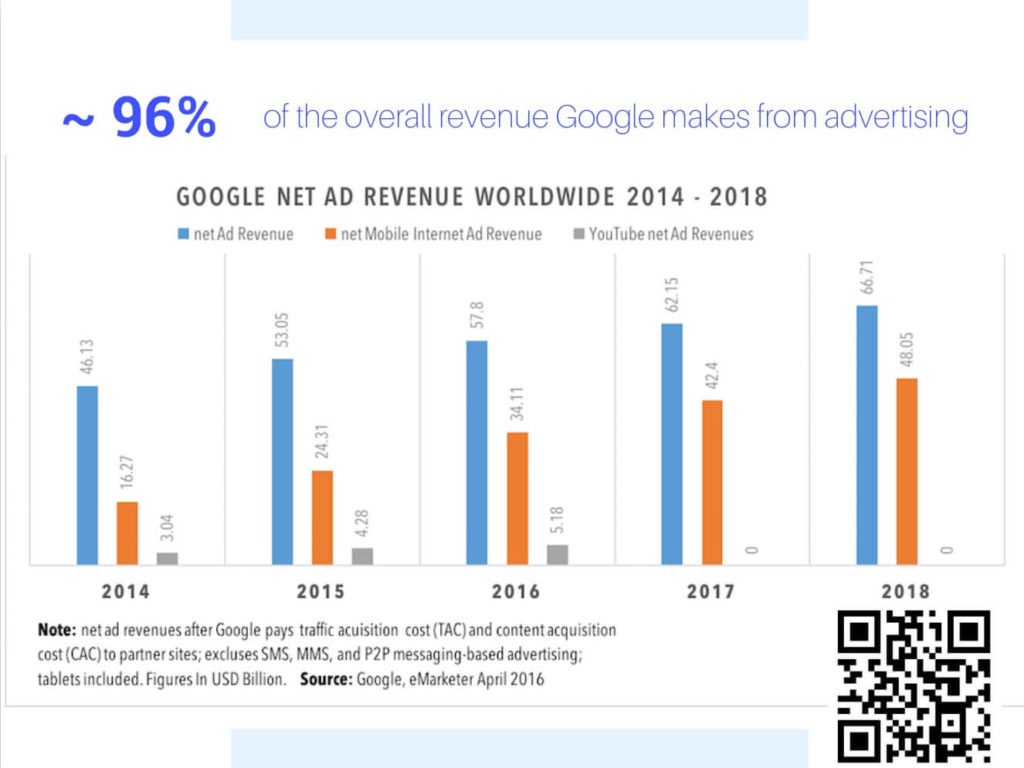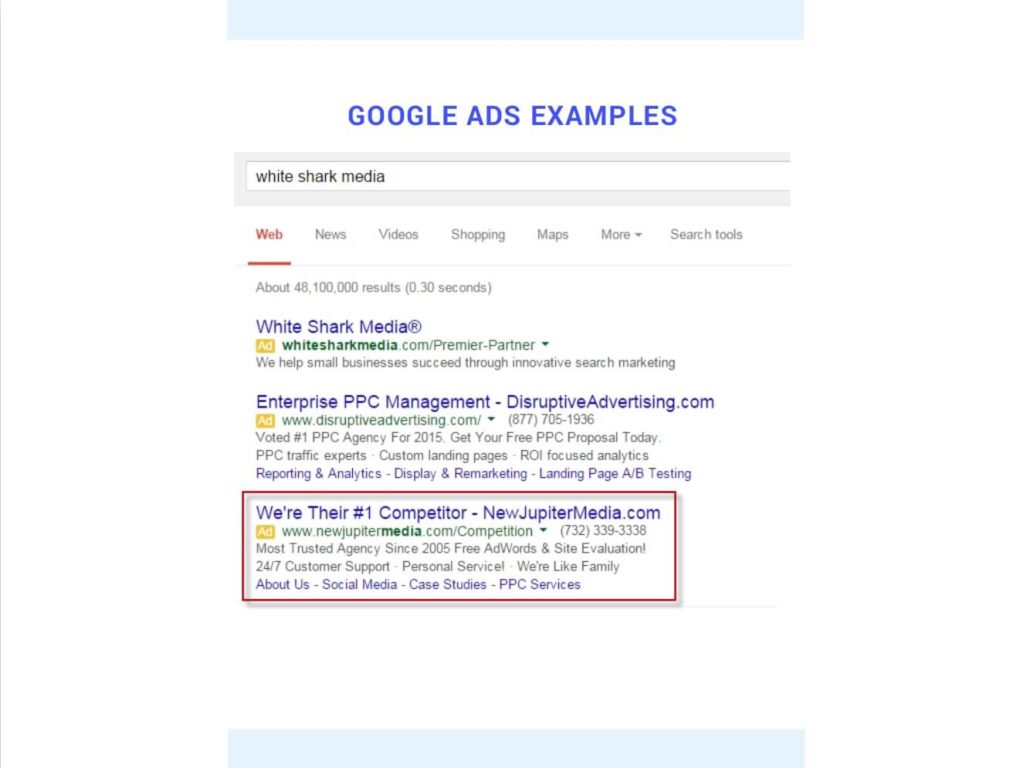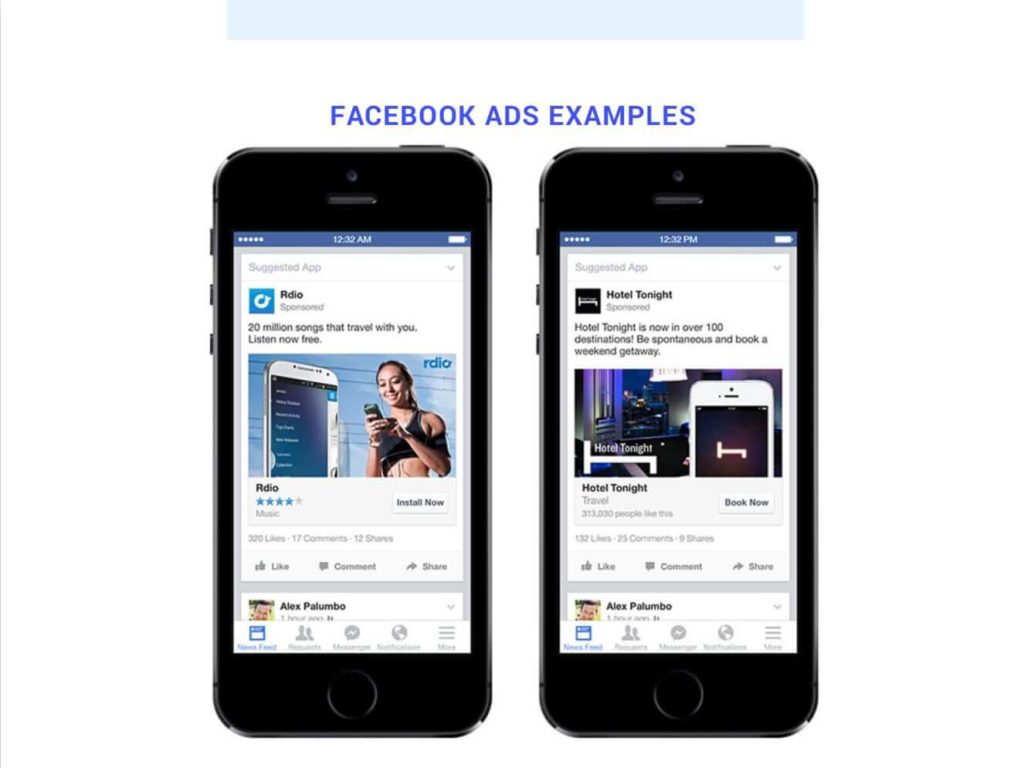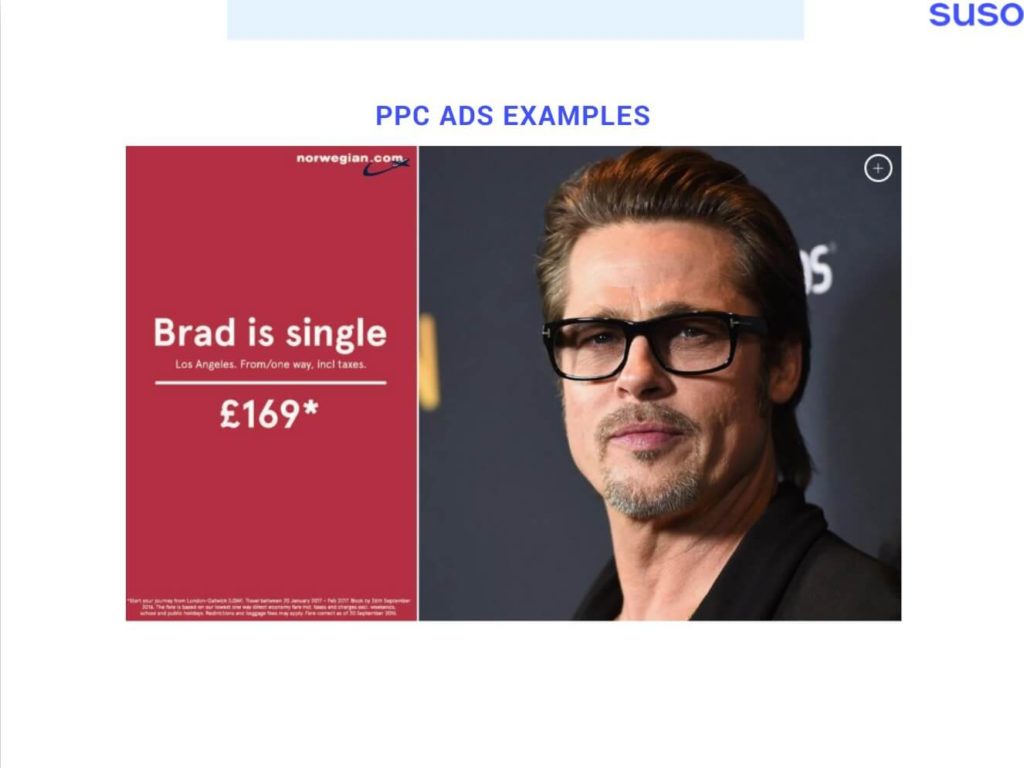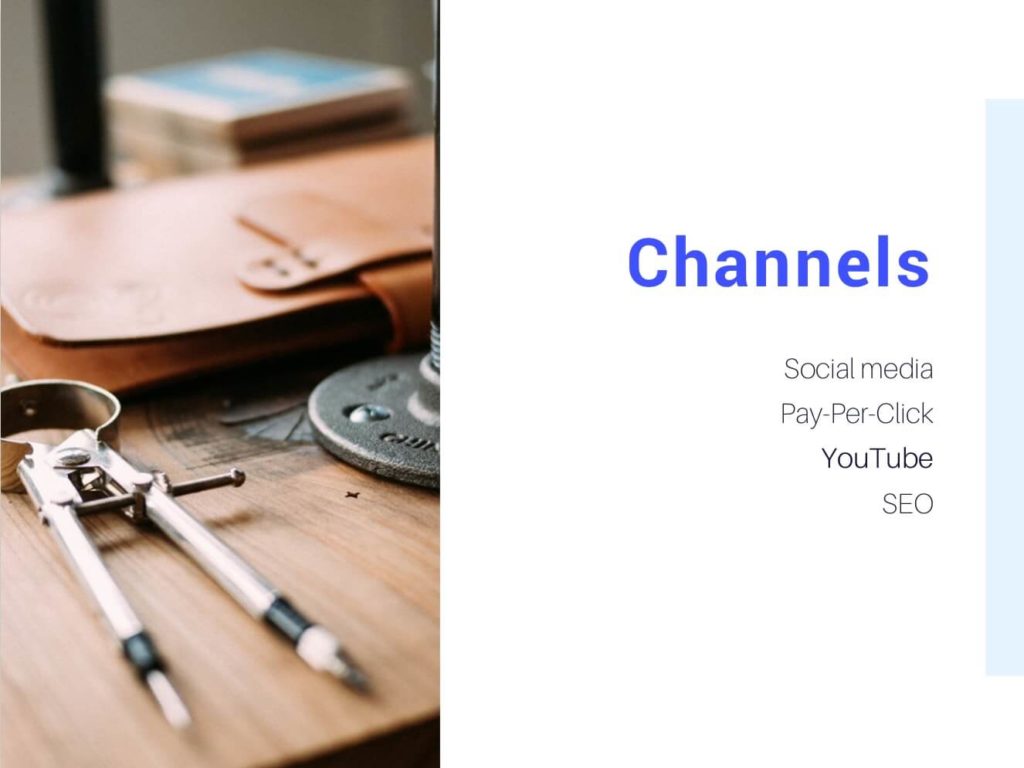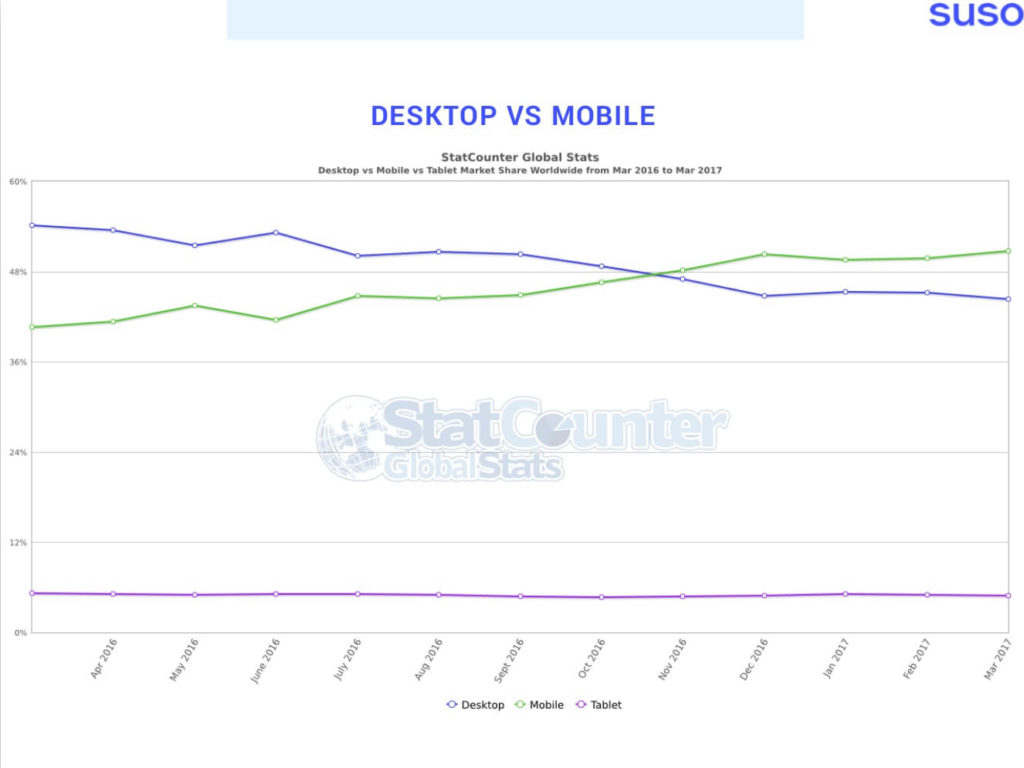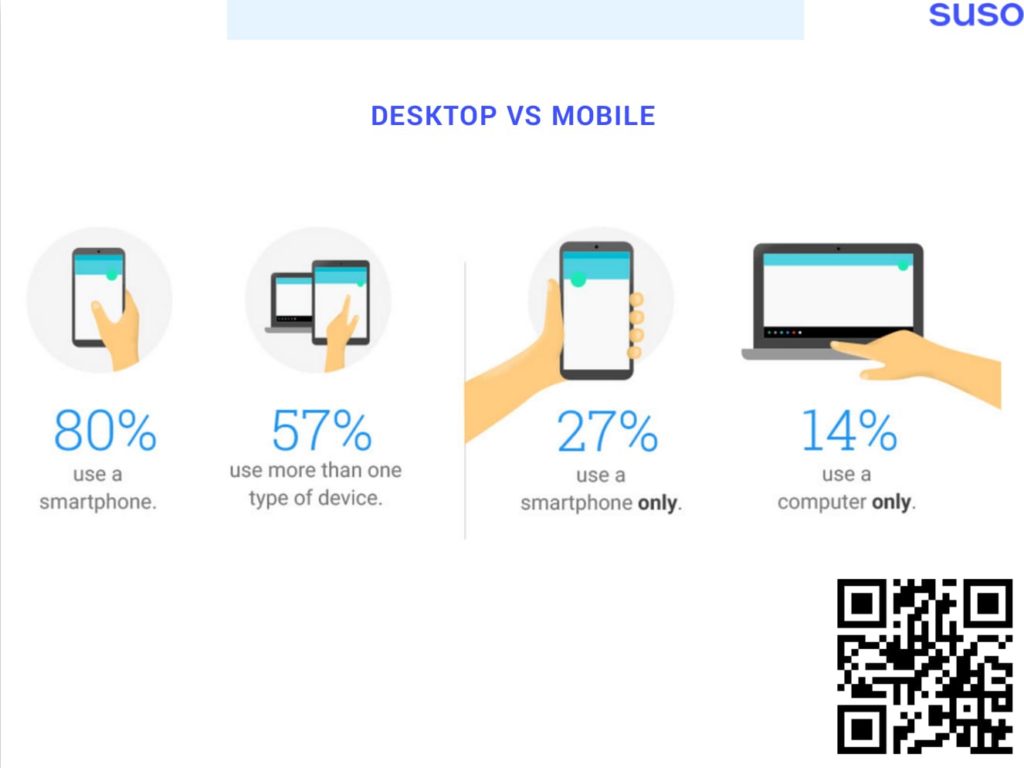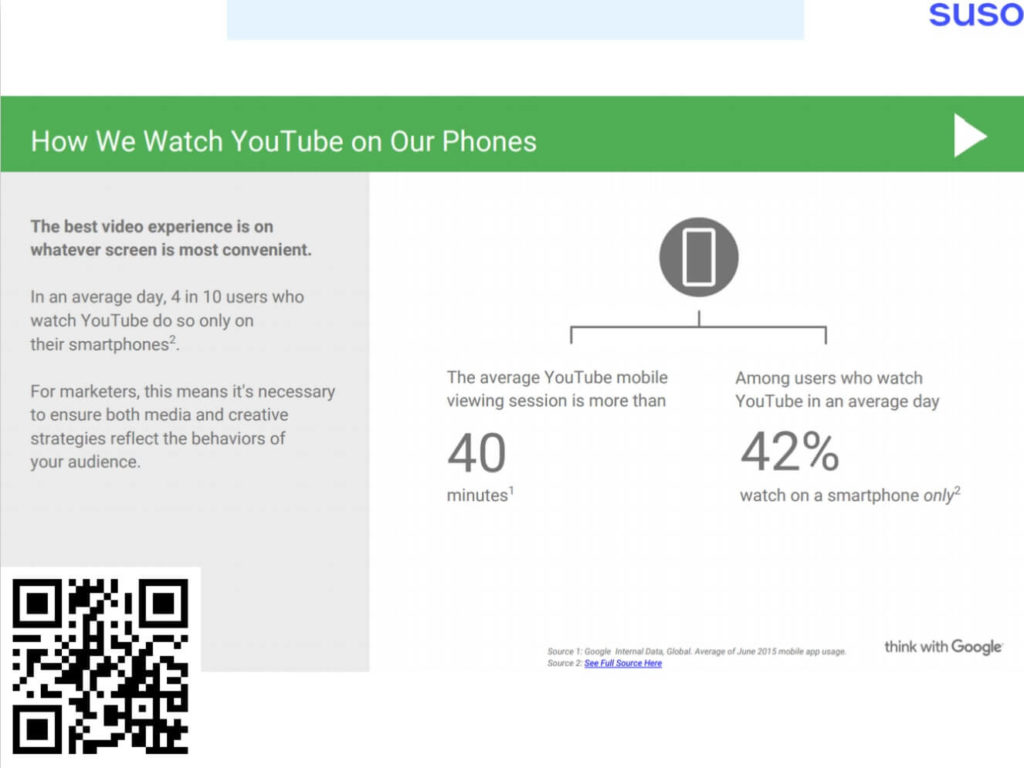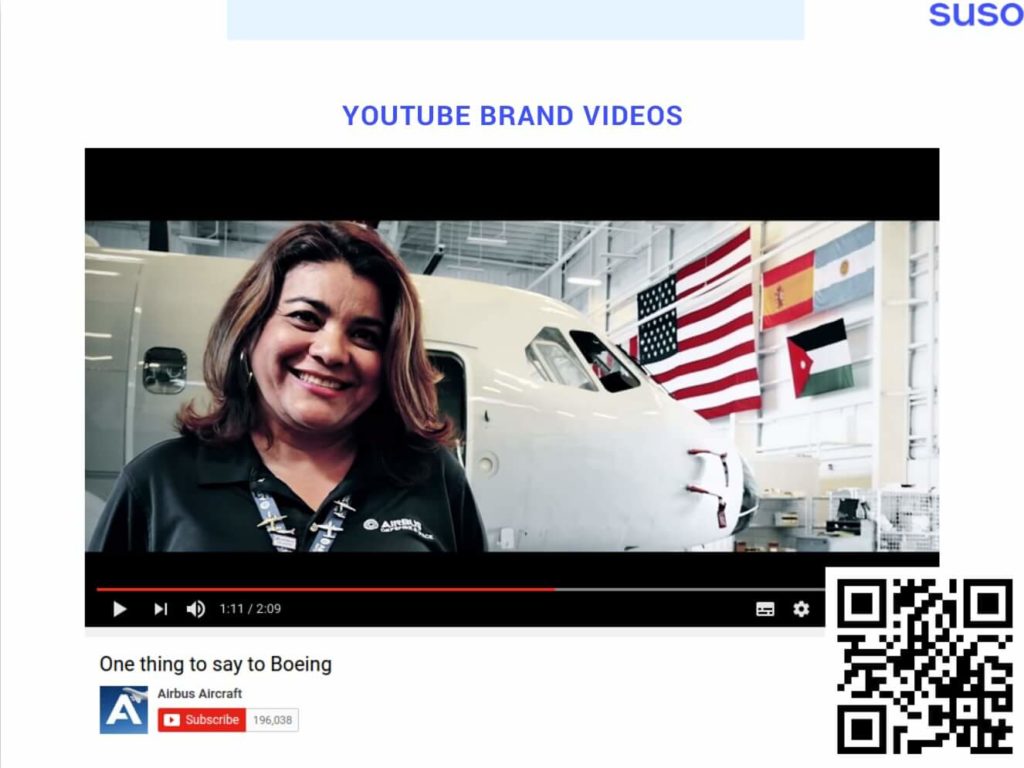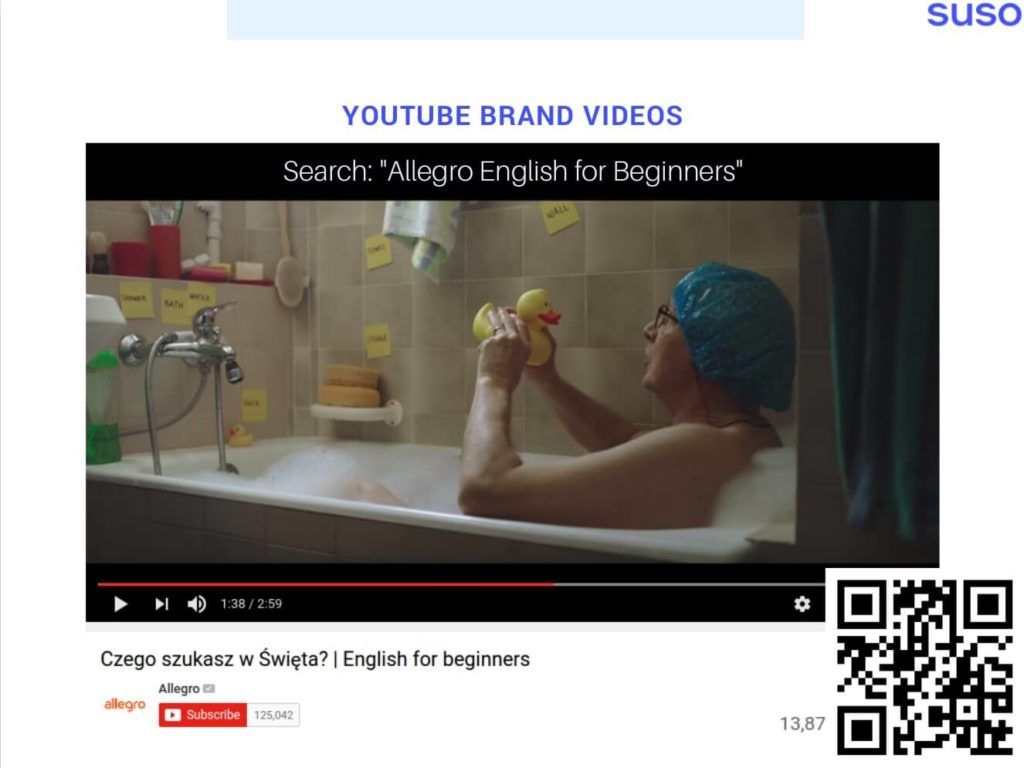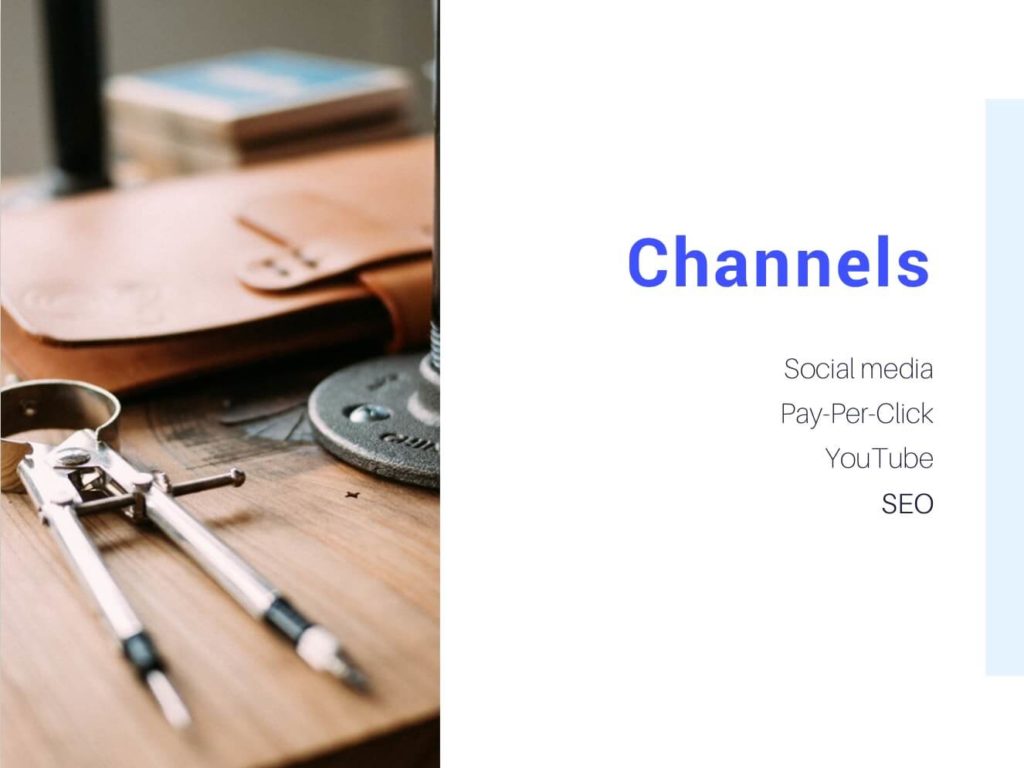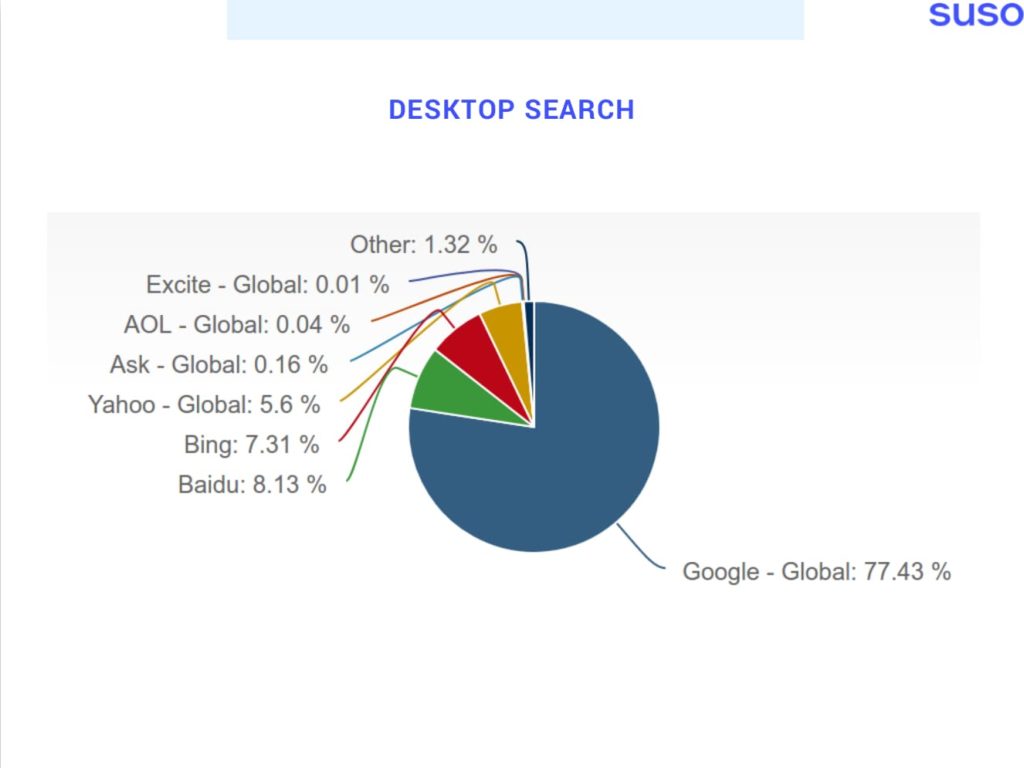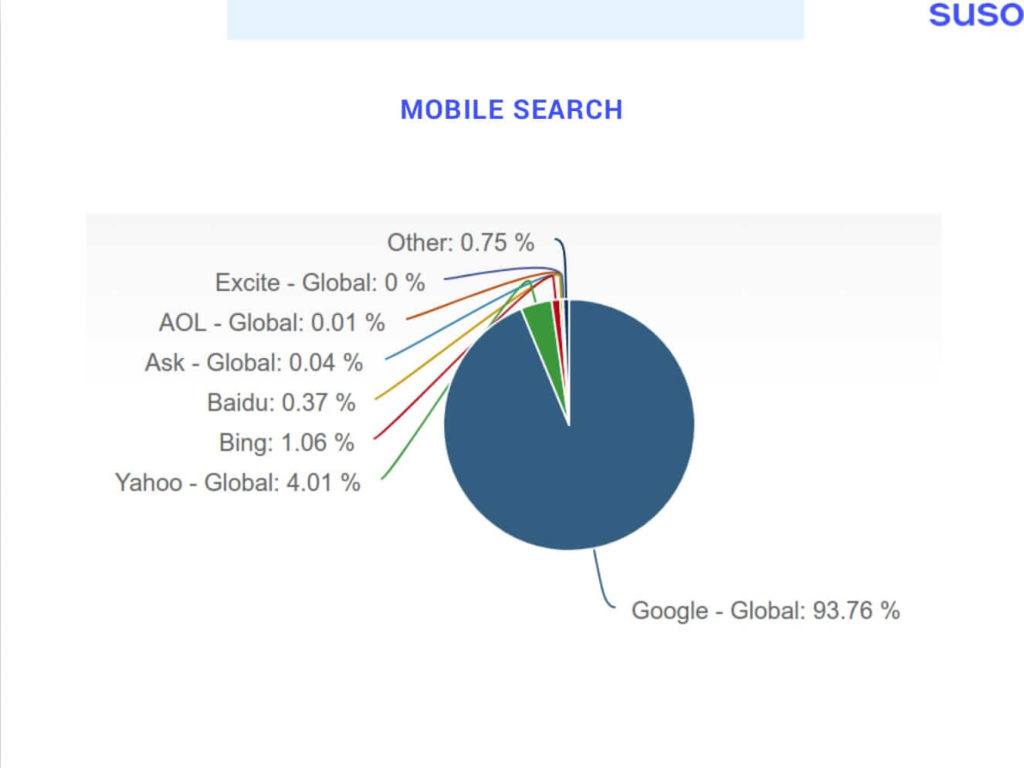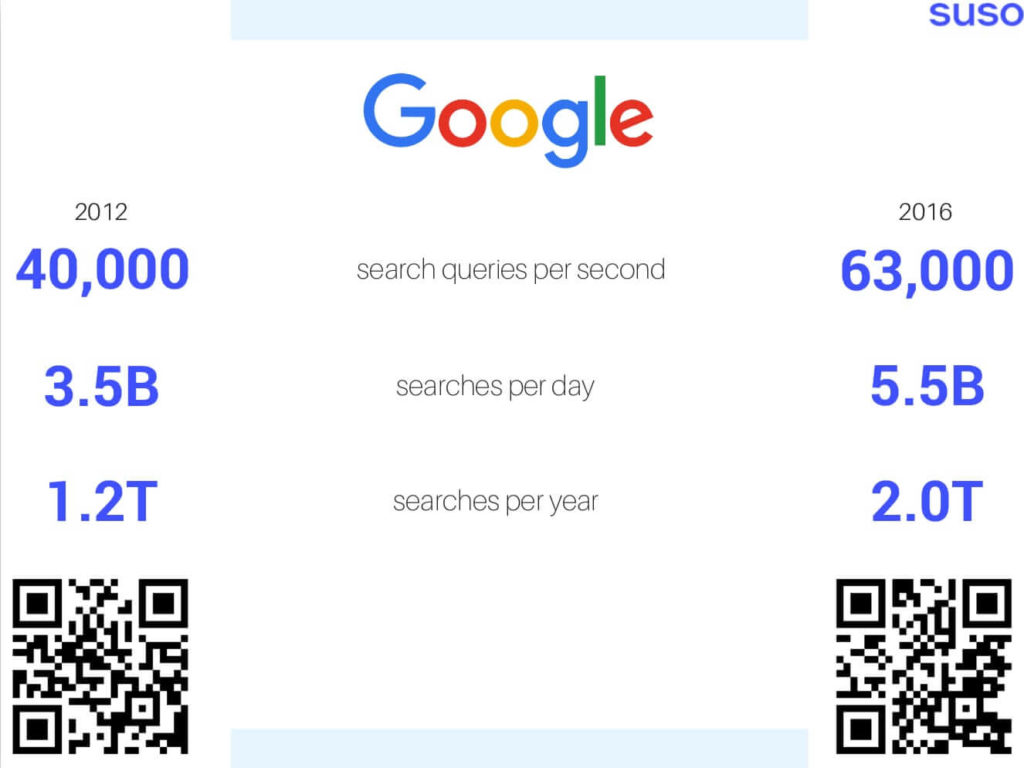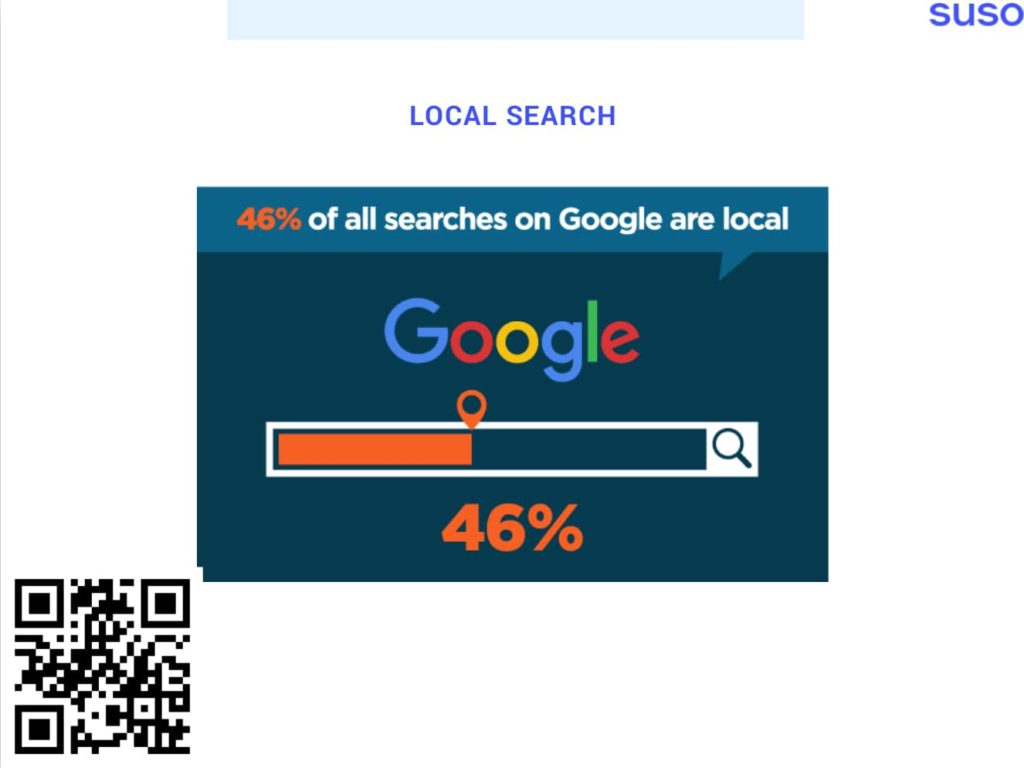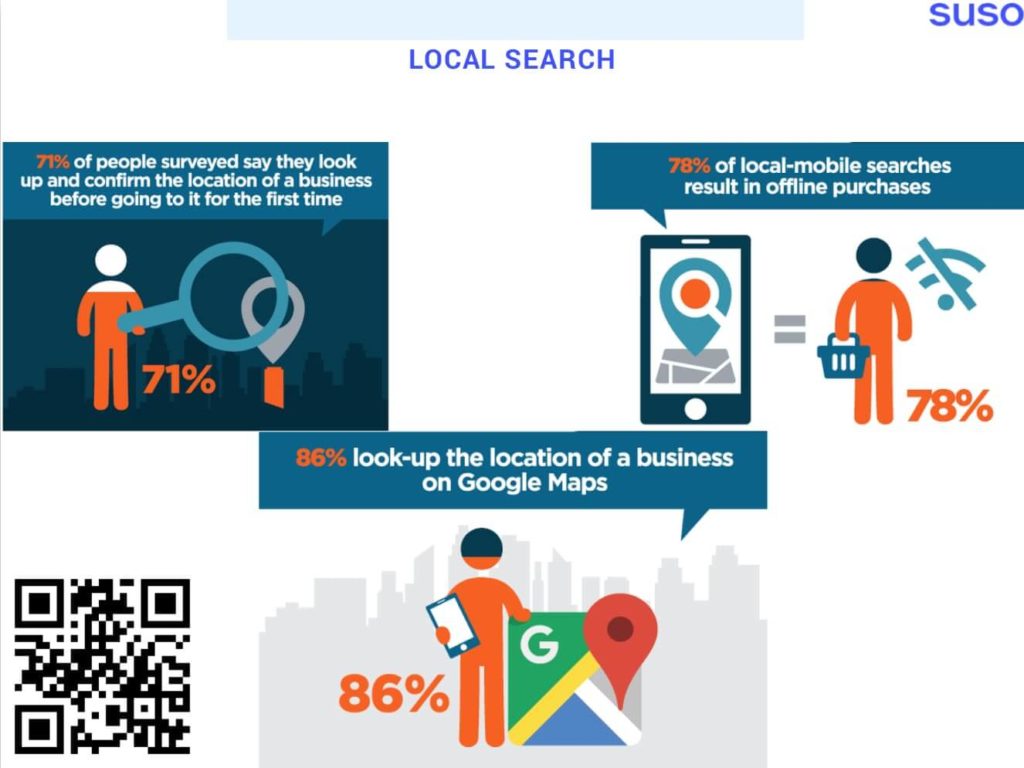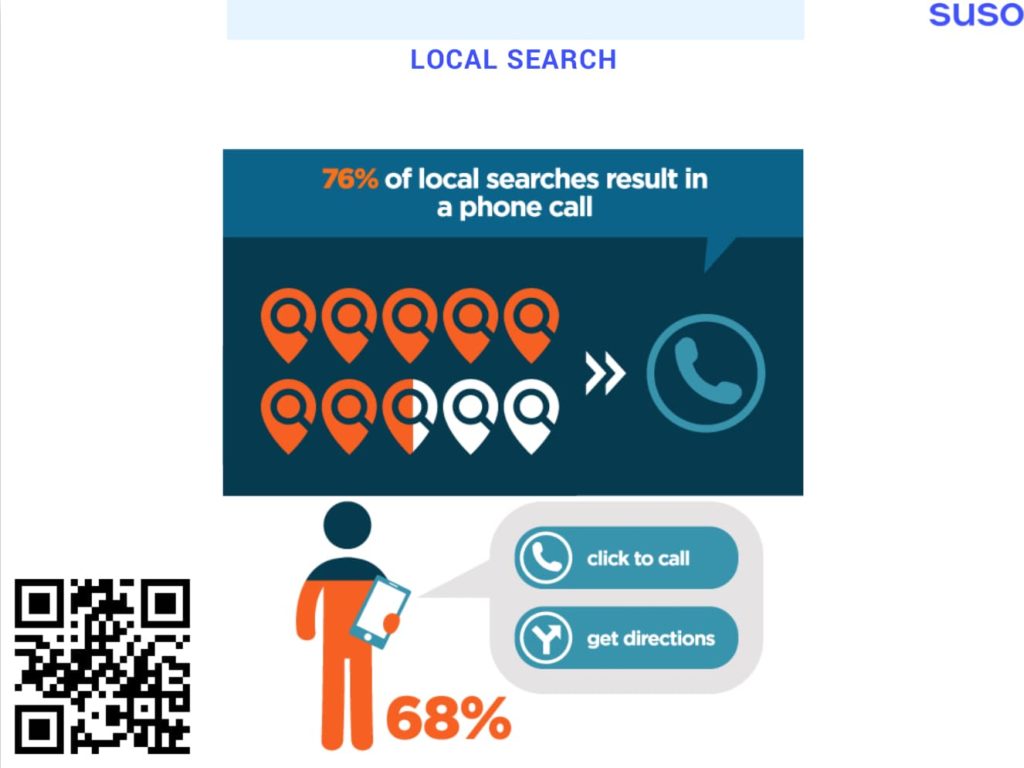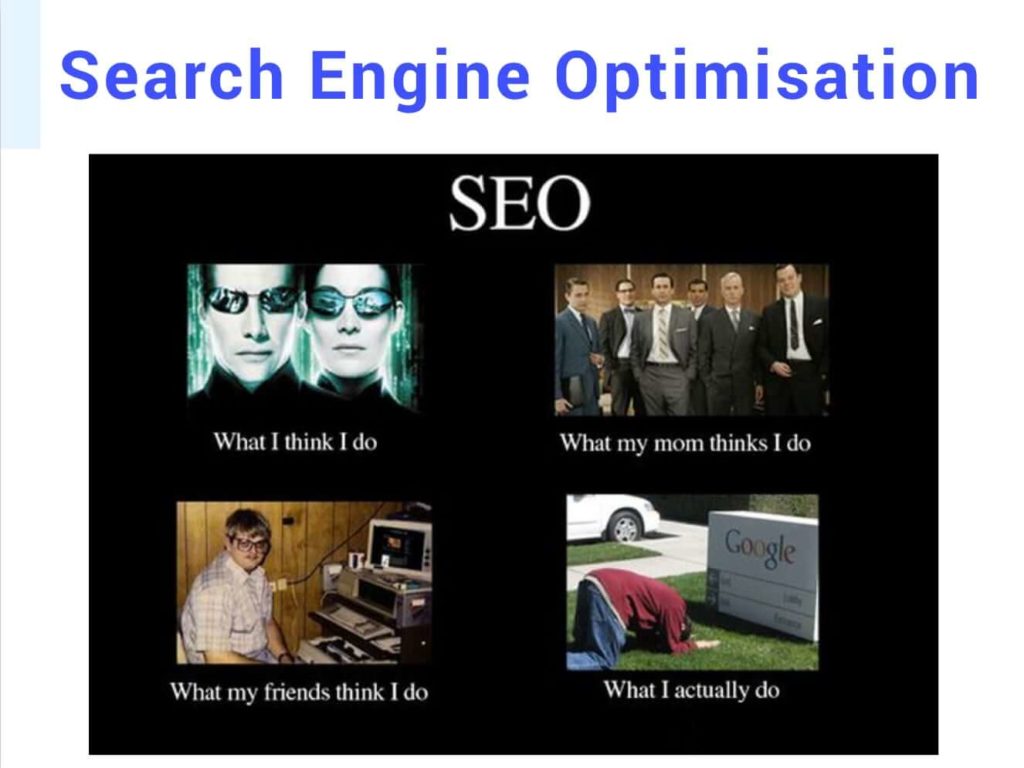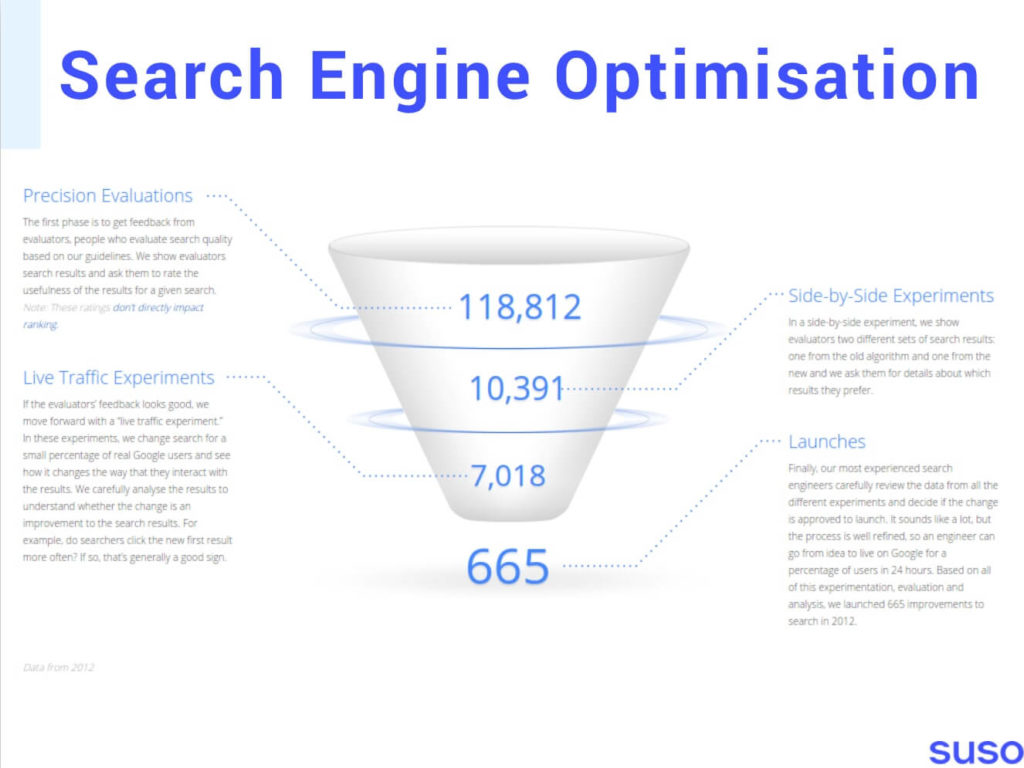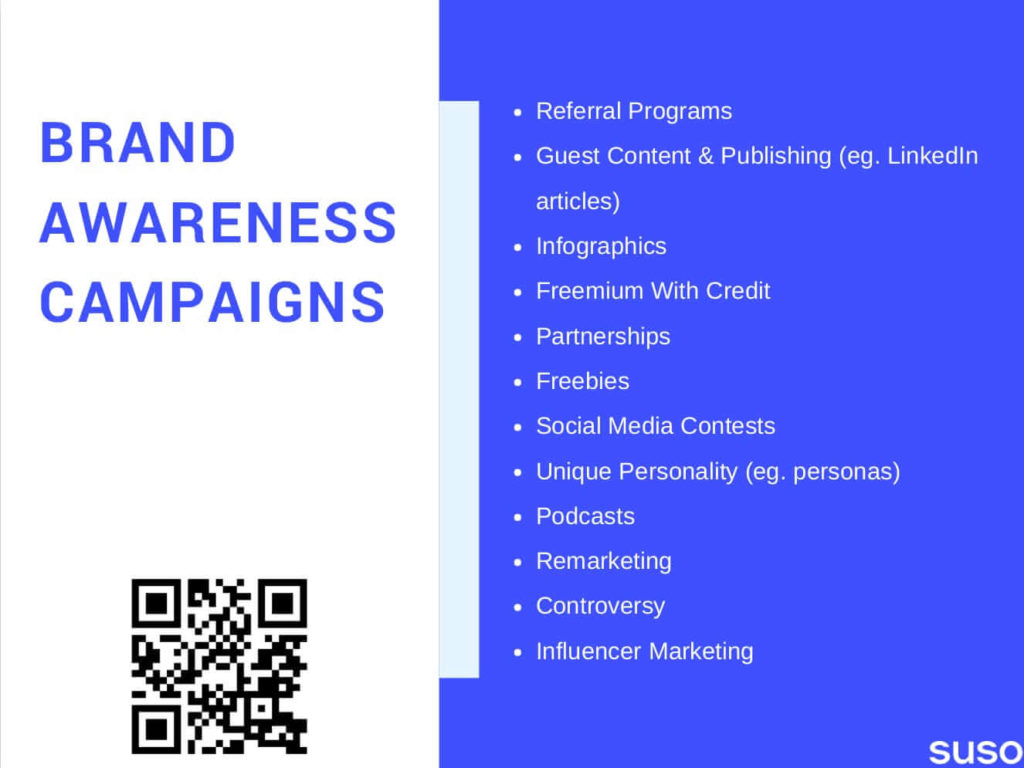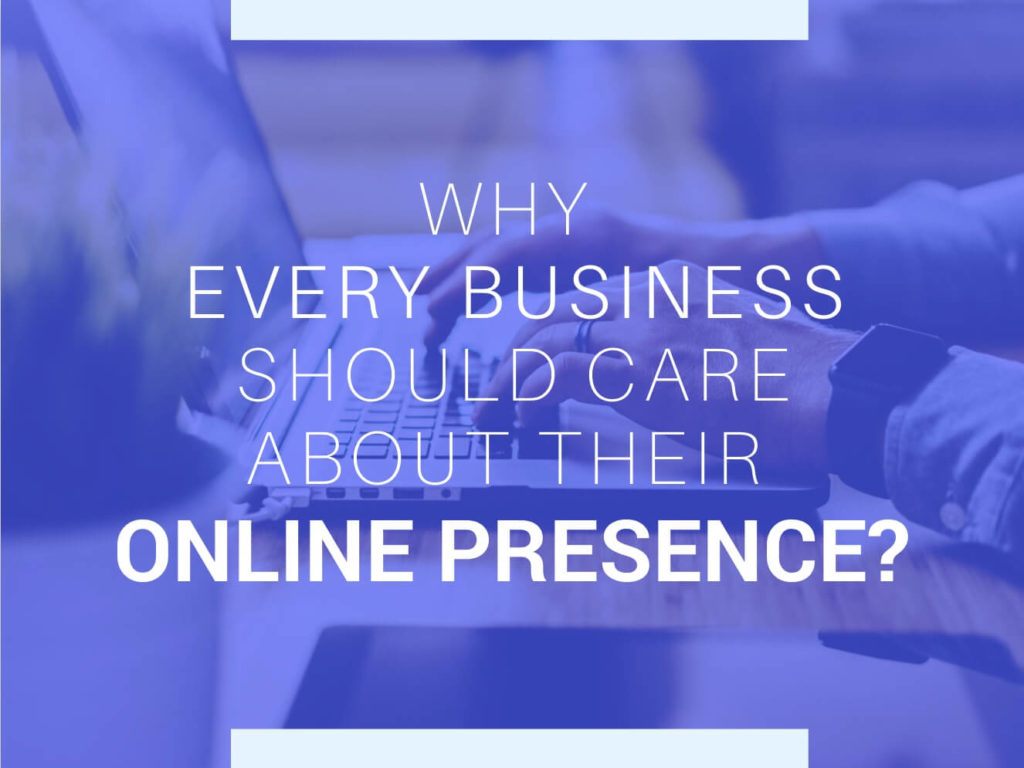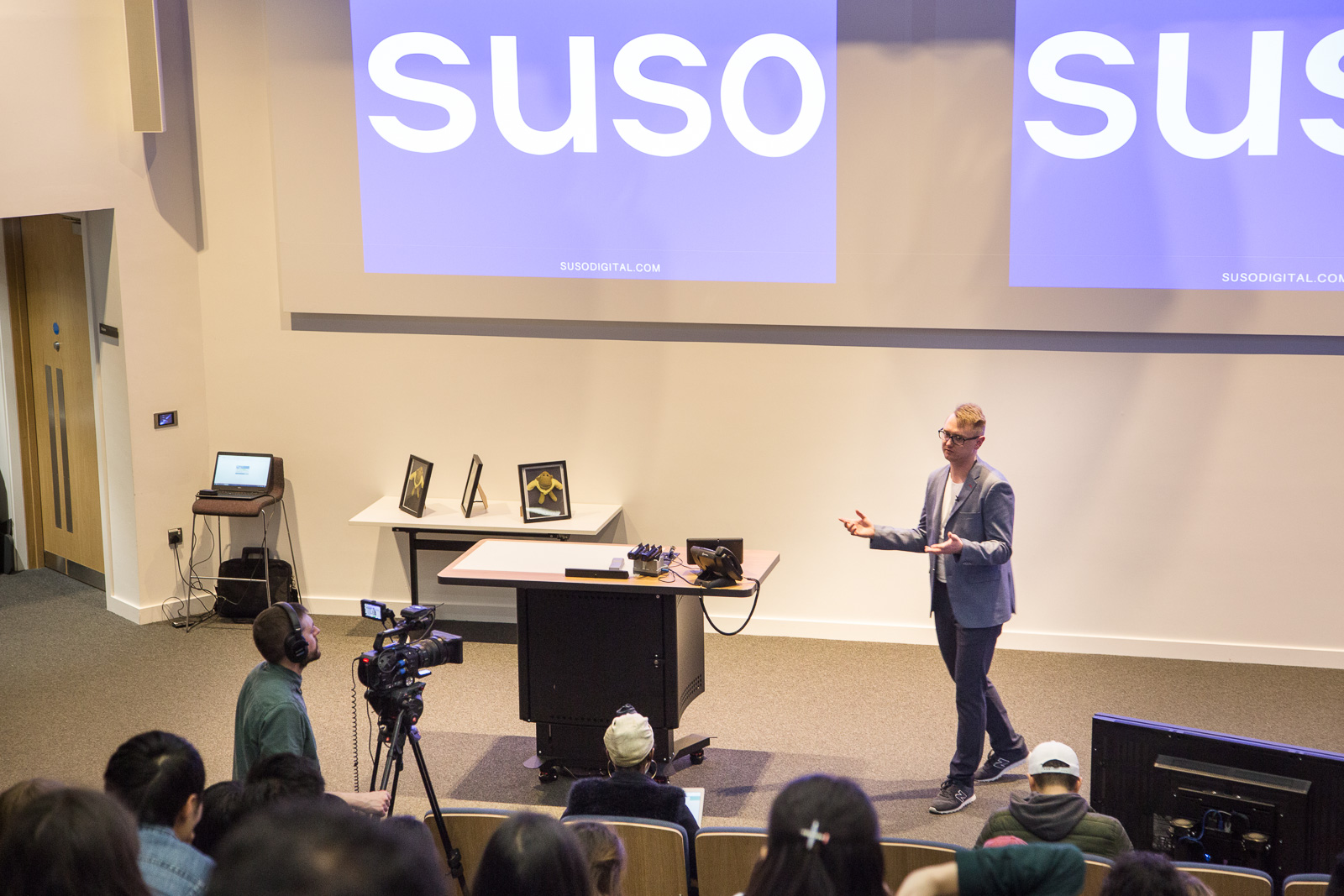
Roughly a week ago, on 14th November, I had a pleasure to visit Warwick Business School as a part of their WBS Marketing Insights Series with my talk “Why Every Business Should Care About Their Online Presence?”.
If anyone’s interested, the SlideShare presentation is available here: https://goo.gl/W6SMhS
PDF version also downloadable from this link: https://goo.gl/PuYk42
Below is my own digital transcript (or should I say my preparation notes that I jotted down before the talk). I was trying to keep the same content that I presented during the talk, but obviously, it will differ from the live version slightly.
Hello everyone! 🙂
My name is Rad Paluszak and I’m director of SEO at SUSO Digital.
Wow! I thought students had stuff to do on Tuesday evening and didn’t expect that many of you joining this talk, so I am a bit stressed out at the moment, but it’s great to be here and thanks for having me!
I’ll be talking about online visibility. I’ll show you different components of a digital marketing campaign and examples of how to use them, as a company, and how not to use them. At the end of the presentation, we will answer the main question:
Why every business should care about their online presence?
At first, I’d like to tell you a story.
It’s the year 2010, I’ve just returned to Poland after living in the UK for 5 years. Last 2 years I spent as a team leader at Nokia, which is mobile phones (for those of you who don’t recall – they used to be very popular), so not much to do with the Internet. However, before the UK, I was building websites my entire life. At that moment back in 2010, I was jobless, since I just came back, and I was looking for a job. Wanted to become a web developer again.
One company called me and invited me to the interview. It happened that it was the biggest SEO company in Poland (or one of the biggest ones). I didn’t actually know, back then, what Search Engine Optimisation was, but nevertheless… I went to this interview and the very first thing they tell me is that there was a mix-up and they aren’t looking for a web developer, unfortunately, at this moment. They have, however, reviewed my application and matched my skills to another job opening and I should be technical enough to be a junior SEO.
BANG! At this point I only saw red…. First of all, I was skilled enough to design a database, code frontend of a website, develop the backend of a website and connect them 3 pieces together to create a very advanced Internet application! I could build Facebook just on my own! And they’re telling me I SHOULD be technical enough to become a JUNIOR SEO? How dared they?! What am I doing here?
AWKWARD, AWKward, Awkward, awkward, awk…Since I am a very nice guy, I said to myself: “Sit still, Rad”. And I listened to what they were saying about what SEO was. Apparently, I can’t hold a grudge for too long 😉 sooo, about 8 seconds later… I was taken! I loved this SEO thing! It sounded SOOO COOL!
I’ve gone through this interview. Got to the next stage – an assessment centre, which was like a day at their company; working, completing some assignments and tasks also as part of the interviewing process.
And I became an SEO guy!
This story taught me 2 things:
- A mix up can completely turn around your career, your entire life.
- Whatever it is, don’t get too angry for too long, while in an interview 🙂
Some influencers don’t need a website to have money and be present online. They just need a YouTube channel or Instagram account or a Twitter profile. I, however, work mainly with the companies and it is pretty much mandatory that a company has a website.
Whichever it is, a full company website, corporate portal, an affiliate blog, online shop or a tiny landing page, (the type doesn’t really matter) it is YOUR WEBSITE, THE FACE OF YOUR BUSINESS.
OK, say you have a beautiful website, beautiful face of your business, but what next?
Even a pretty face, doesn’t make you money. Take models, for instance, they’ve all got pretty faces, but aren’t the only ones. What they do is they make use of what mother nature had given them! Without it, they would not be on the front page of Vogue or they wouldn’t become Victoria’s Secret girls.
The same goes for a website. It’s useless if you don’t make a proper use of it. It’s useless if you don’t MONETISE it. Without a conversion, usually in terms of directly making real money (or cryptocurrency money), no business would even invest in a website. It would be pointless to have it.
Glad we understand that, but …
How do I start making money with a website?
Apart from some government, strictly informational websites, companies usually sell some products or services. Talking about government, they actually monetise us, so I’ll maybe leave this aside… When we look at some .gov websites, say tfl.gov.uk, they also sell products or services.
They sell products, directly, by sharing the ads space. And they also sell products indirectly – other companies’ products, by showing these ads.
They sell services, travel services, get from point A to point B, fairly reliably in a timely manner without the need to walk all the way there. It’s their service.
If we look at sites like TrustPilot, for instance, they also sell. They sell their subscriptions to the hotels, restaurants and other places. Then they sell their clients’ services to us. How many of you have read the reviews online, before deciding on going to this or another restaurant, or another place? I’m sure it’s most of you.
There is, however, one catch. Usually.
To sell successfully online, you NEED TO HAVE THE ONLINE PRESENCE!
It’s not enough to just have a website. You need to have something else, you need to reach a certain amount of people in order to sell successfully.
No one will keep a salesman at a job if he doesn’t sell! And he doesn’t sell if he doesn’t meet people, doesn’t talk to people, doesn’t reach people.
It’s the same with a website – in order to sell, it needs to have: visibility, first, and then popularity.
What’s visibility?
It’s how many people are able to see your website, somewhere.
This example above shows Google Search Console. One of the most basic, yet also, most powerful tools in online marketer’s toolset.
This screen, in particular, shows the number of impressions, which is how many times a website appeared in Google search result pages (SERPs).
As you see, the numbers are quite low, so I’m sure this site doesn’t sell too well 🙂
What’s popularity?
It’s how many people actually visit your site. What’s the difference? I see Nike Town billboard – it’s visibility, but when I go to the shop at Oxford Street because I saw it, it’s popularity. When I buy a pair of trainers, it’s conversion, but it’s a broad topic for a different talk, so let’s talk about the traffic first.
Online marketing, digital marketing, or online visibility campaigns – I use these terms interchangeably. That’s just my vocabulary, so other digital marketers might see the difference between the lot.
There’s a lot of components and activities you can undertake to get more traffic. Starting with more physical mediums, like aforementioned billboards and leaflets, through virtual channels: blogs, social media, SEO; to even more advanced brand awareness campaigns.
For instance, what’s the point having Google AdWords ads driving you thousands of hits a day, if your visitors aren’t aware what your company actually does? You need to educate your visitors on who you are, what it is you actually do and why you’re doing it. And, believe me, or not, a lot of companies don’t do it – they don’t see brand awareness as the part of their online marketing. It’s a very common mistake, but in my opinion, SEO should be a part of the brand awareness campaign.
In fact, SEO can be used as brand awareness building tool, so can AdWords and other channels.
I’d like to talk to you about 4 most popular and most effective channels of online promotion:
- Social Media
- Pay-per-click
- YouTube
- SEO
They’re all types of campaigns that are both: cost effective and result’s effective, meaning they will (if run well) bring you traffic and, essentially, clients.
There’s no point me tellin’ you what social media are. You’d probably tell me more about them, to be honest.
What I’d like to show, is how popular they really are, as we sometimes don’t realise that.Even though we say “If someone isn’t on Facebook – doesn’t exist”, according to the data from January 2017, there are over 1.87 Billion people on Facebook. This means almost 1 in 3 people on earth have an active Facebook account. These aren’t companies or groups – this data includes private accounts only.
WhatsApp, Messenger – day-to-day communication tools – both hit over 1 billion.
Actually, my colleague Adam Vowles, who was here at Warwick 2 weeks ago, mentioned that there are over 2.3 billion people on social media.
VERY POWERFUL PLATFORM!
Between Millenials, Facebook is obviously also the most popular platform.
What’s interesting is the fact that, ok, Facebook is the most popular and most engaging platform, but its much younger competitor – Snapchat, is the second most engaging one. If we compare the age of these two, I’m really curious to see if Snapchat will be able to overtake Zuckerberg’s child.Let’s have a look at some examples of how brands are using social media.
I’m sure many of you have heard of this campaign by Norwegian Airlines.
As soon as the news about Brad and Angelina having some “marriage issues” spread across the world, they released promotional prices on tickets to the States. Mainly New York, where apparently the best divorce law firms are, and Los Angeles, where the couple lived.
The timing, humour and creativity – spot on. And this is what drives social media.
This is an example of brands interacting on Twitter.
Oreo (by the way, they’re my weak spot – I adore them, but please don’t say you can tell looking at my tummy), twitted about bringing the cookies to a cinema, while a big theatre chain replied it’s not cool. As far as I remember they also followed up with a lippy comment: “Naughty cookie”.
I’m sure you’ll agree it’s actually quite cool.
This example pictures a very poor use of online channels.
Probably everyone heard about United Airlines dragging one of the passengers out of the aircraft because the plane was overbooked. The video of that violent situation hit Twitter and reached, pretty much, billions of people worldwide.
Obviously, forcefully dragging someone out of a plan is their first mistake. Another big one is that in their official statement they initially apologised for the situation, but didn’t even bother mentioning they also apologise the passenger. – I mean, how do you treat your customers??
They were being slain on social media for long weeks after the whole thing.To express the power of social media – United Airlines lost around $2 B in stock prices following this. I’m sure social media contributed to that…
This is another example of brand interaction.
As you can see, other brands, adult site here, used United Airlines situation as a way to build their own online reputation
Again – witty, snarky comment, good timing, spot on.
By the way, such social media brand interactions are quite common. It sometimes happens that the same SM agency runs both brands’ profiles so it’s very easy for them to initiate the convo. Believe me, however, there are SOCIAL MEDIA NINJAS that just crawl Twitter and other portals and look for such opportunities. And these people, those creative agencies are extremely good at it.
Now, PPC – this is something that allows you to buy the traffic. Pretty much, pay for each visitor or acquisition.
Before we actually start talking about PPC, let’s have a look at this slide. It shows Google popularity globally. 92.5% of people use Google. It’s quite impressive, isn’t it?
The thing is, Google’s popularityputs it in a very strong position in terms of PPC (Pay-Per-Click) ads. They called their own PPC platform AdWords.
Now, talking about AdWords. In fact most of the people used to use the term PPC on it’s own.
The graph presented here shows the trend – interest over time – regarding “PPC” term vs “AdWords”. Data comes from Google Trends, by the way.
As you can see, around July 2009, interest in AdWords overtook PPC. This can be viewed as that the term AdWords is being used INSTEAD of PPC. It means that a lot of people use it as a synonym of pay-per-click.
Wouldn’t every company want to create a product, very profitable product, that shaped the industry and its name replaced one of the core terms in the niche? Similar thing actually happened to Bic in the US, where it’s brand name is being used instead of bullpen.
Speaking of Google AdWords, it is actually the product that drives Google the most of their revenue and profit.
As you can read above, around 96% of the revenue Google makes, comes from advertising, which is mainly AdWords.By the way, the data above is from 2016, therefore the values for 2017 and 2018 are just estimates. I would, personally, be shocked to see YouTube bringing no ad revenue.
Google, definitely, isn’t the only player making a fortune of their ads platform.
Looking at Facebook, they’re also doing quite well. I’d like to also highlight the difference in mobile and desktop revenue shares. As you can notice, the desktop revenue is almost the same in 2 year’s period, while mobile revenue quardupled.
Let me show you a few PPC examples.
Here you can see a standard ad format of a search ad in AdWords. Ads above the desktop search results seen in this format are something accompanying most of the searches. I’m sure you can recognise different formats, eg. sponsored shopping or map ads.
Mobile ad shows here is using the call ad extension. It’s a format where the advertisers pay for every phone call they get. Google is able to track the number of calls as well as their length through its trackers and it can report on it all back to the advertiser. You can also configure the number extension and attach it to different departments, which will help you in recognising the sales funnel.
Here’s an example which many of you might call an ambush marketing.
Company advertises for their competitor’s brand name as the keyword and claim that they’re “their #1 competitor”.
In fact, targeting your competitor’s brand name has already been penalised by some courts across Europe. Court orders found this approach an unfair competition act and ordered high damages compensations.
If you were to become AdWords specialists, please think about the ethics while engaging in your creative wars. 😉
Facebook, as mentioned before, also has it’s own ad network offering many ad formats. Those above show the mobile ads with some sort of booking extension. The other one, allows the advertiser to pay for every app download. What’s the user experience? They can install an app or book straight from Facebook!
In my opinion, Facebook is currently offering much better targeting opportunities. The advertisers can actually choose the gender, age or other demographics of the users that their ads will be displayed to. What’s even better, you can also choose your audience based on their interests, or, for example, what they liked.
I’m sure you know this guy – no, it’s not me 🙂 That’s a bad one. Ad by Norwegian Airlines on Twitter, as I mentioned, Google and Facebook aren’t the only ones to make fortune selling the ad space.
The next channel is YouTube.
I could, actually, keep it as a part of social media, as it clearly is a social platform now.
I, however, think that YouTube deserves it’s own category due to the difference in the medium by which it operates. It can also be used as a perfect tool in big brand awareness campaigns.Actually, at this point I wanted to bring your attention to recent changes in Facebook. I’m sure you noticed that it’s showing more and more videos and people, especially influencers, tend to post many of their videos on there. Facebook is becoming a very strong video competitor for YouTube and I’m dying to know how’s this competition is going to look like in about 2 years.
Before we get to YouTube itself, a few interesting stats.
About a year ago happened something that many analysts were predicting to happen by 2020. Then they said 2018. Happened in 2016. Mobile use overtook desktop/classic use. This shows you that people prefer to use their smartphones for all internet activities than their desktop or mobile computer.
Sad fact is that at the moment more people in the world have a smartphone than have access to the proper toilet.
Since we now know that there’s more users of mobile than desktop, it’s also worth looking into the fact that 80% of people use a smarphone, while 57% use more than 1 device daily.
On the other hand, however, 27% of users use ONLY the smartphone, while 14% the computer.
I think it’s obvious that these figures will keep changing in favour of the mobile users.
Now, let’s get back to YouTube.
The average single session of a user watching YouTube is 40 MINUTES!!
Don’t know about you, but my average session duration tended to increase around the exam sessions at the uni. AND it doesn’t mean I was watching the lectures online! I was, obviously, procrastinating…
That aside, 42% of viewers, watch YouTube videos on smartphone ONLY.
Let’s get to examples.
Since I believe that an image is worth a thousand words, therefore, video even more, I won’t talk too much about these videos I present here. Instead, I encourage you to watch them yourselves.
First example is a video titled “One thing to say to Boeing” and it’s been made by their biggest competitor – Airbus – on Boeing’s 100th anniversary.
I think that this video is a perfect example of a proper brand awareness and reputation management. And it’s a great way to drive a healthy competition while, actually, appraising your main enemy.
The second example is the last year’s Christmas ad video by the Polish equivalent of eBay. You can find it by looking for the title “Allegro – English for beginners”.
This video shows a very nice story, brings humour, emotions and everything. This is exactly what YouTube videos for an online presence campaign should be.
No one will remember you if you have a video like “this is our product, it’s good because it’s ours and we’re good, because we have it”. Human’s brain doesn’t work like this. You need to keep it engaged in order to have it remember you. Emotions, humour – this is what’s important.
Alright – the next channel that I want to look at is my favourite one. SEO – Search Engine Optimisation.
In case you didn’t know, SEO is about getting a website ranked high in the search results. Usually, Google search results.
Why is it even important to rank high – some of you might ask (although I don’t honestly think you would). Here’s really how important it is to have the highest rankings.
According to the stats here, for unbranded terms – mostly, money terms – the first position only gets 32% of the clicks. This means that a one third of people searching for something unrelated to a brand, will click through to the first result.For comparison, the fifth position gets only around 6%. Isn’t that shocking?
There is a saying – if you want to hide a dead body, stick it on the 2nd page of Google – no one looks there!
But, let’s get back a step. Why am I talking about Google that much?
Well, because currently Google has almost 80% of all global searches on desktop…
… and almost 94% of all mobile searches globally! 94%!
If you’re already thinking, that’s all the good enough reasons to get on the first page – oooh, wait! I’ve got some more for you!
These stats compare how many searches per second, day and year Google’s handling.
We can see that between 2012 (40k) and 2016 (63k), the number increased by half.
How long’s this presentation been already? Half an hour? I’ll let you do the math, but I know – a lot of searches to Google!
And, by the way, 2 TRILLION searches a year? I have no idea what this number even is! What is it? 2 and 12 zeros? Never mind, I know it’s HUUUGE!
Knowing how many searches per second Google’s getting, let’s see into it’s influence on the companies.
That’s the first one – 46% of the searches have local intent. This means that almost half of Google users are looking for local companies or places / stuff around them or where they will go. This means an impact on real businesses.
By the way, the data has been assessed by an independent agency on a sample of hundreds of thousands of queries. It might not be fully accurate, but gives you a good idea.
Let’s see more.
- 71% people look up and confirm location of a business before going there for the first time.
- 78% of local mobile searches result in an offline purchase. And we know that currently there’s more mobile than desktop searches!
- 86% look the location of a business up on Google Maps.
And – think about yourselves. When was the last time you looked up the company, restaurant or another place on Google, before you went there? Today? Yesterday? I’m sure it was within a week from now, tops.
Last slide of these boring stats… I promise.
- 76% of local searches result in a phone call. REAL BUSINESS!
- 68% of people use the functionality Call or Get Directions.
I think this talks for itself. As a warm-up, now let’s talk some SEO.
What does the SEO do?
Before we say that, let me tell you another story.
I was a young SEO and I was at this wild, student party 😉
I was studying part time – weekeneds only, so whenever I was at a party, there would always be that question: “What do I do for living?”. I was already used to it, although hating the question, because there was too much to explain.I started by standard: you know what Internet is? OK, so you also know there’s Google, right? Cool, so I do SEO, position the websites … And, suddenly, one of the girls interrupted me, VERY vigorously, almost shouting into my face that this is so incredible and amazing and it influences her life.
I was like: “Calm down, babe, you’re drunk!” 😉
But she wasn’t! She knew what SEO was!
I gasped in amazement…
Well, this story taught me two things:
1. My work really influences other people’s lives. It makes them buy blinds from a supplier that I “suggested”. It makes them go for holiday with a holiday agency that I made appear high in Google. Or even get them to buy a bar stool that I SEO’d.2. Still… Only 1 out of 20 people will understand what I do for living… Even my Mrs still thinks it’s “something to do with the Internet”.
SEO’s, unlike presented above, don’t hang out near Google’s HQ praying to the big G. We do a little bit more 🙂
The truth is that we fight with Google. It’s a constant war. A battlefield. Every day.
We don’t get the exact instructions on what to do in order to rank a site. We need to figure it out ourselves. And Google isn’t helping – I’ll tell you that! In fact, Google’s doing anything it can to make our job harder and fool us around.
As you can see above, althought the data is from 2012, it’s still able to put everything into a perspective. Just in 2012, Google tested 18 thousands algorithm changes. 7 thousands of them made it to the live traffic tests – side-by-side comparisons. Don’t know if you’re aware, but Google employs people, so-called quality evaluators or raters, who compare the results (or websites) side-by-side and classify them. This is all to “feed” the algorithm.
Out of those 7k tests, 665 were introduced into the main search engine. This means there was an algo change in Google, almost, twice a day in 2012.
And I’m not being funny, but out of these 7k tests that reached the live traffic, all of them could mess up my work.
SEO is in fact about trying to guess what’s going on inside Google’s algorithms. We do very extensive tests. Maybe not 7k-on-63k-per-second tests, but we run a lot of them, still. We evaluate each one of our own tests, match them with the data sample, match them with what we already know about Google algo and we’re considering what’s worth implementing on our client’s sites. Yes, there are algo changes that don’t do much and some of the implementations are better off left out – simply put, not worth to care about them. Still, worth knowing about them!
Because SEO is very complex and I usually talk about it to my interns or junior SEO’s for about 3 months, I won’t go into more details. One thing, though, it is advised that eny SEO campaign runs for at least 6 months. This time frame gives us a chance to make changes, observe Google reacting to the site, amend the strategy and, hopefully, pick up those fruits – rankings, traffic – that we wanna pick up.
Simply put: All SEO activities take some time.
Some slides back I mentioned brand awareness campaigns. This could be including SEO, but there’s many more different components to it.
I’m listing just a few, but there’s many other ways to make people aware about your brand. Good and bad ways.
The reason I wanted to mention it is that once you have some visibility and popularity, you’d need to focus on building your brand, getting better conversions and doing other stuff to improve engagement with your business.
If you think about it – who would know Tesla if it wasn’t about Elon Musk promoting it widely? Who would know they make the safest cars in the world if they never released the safety test results?
Why every business should care about their online presence?
I think that this question at this point is rhetorical. Nowadays, and surely in the future, you can’t not be online. There’s no other way if you’re thinking about your business seriously, want to look after your reputation.
You have to be online at one point or another.
From my experience, earlier you get there, better for you.
Thank you!



















